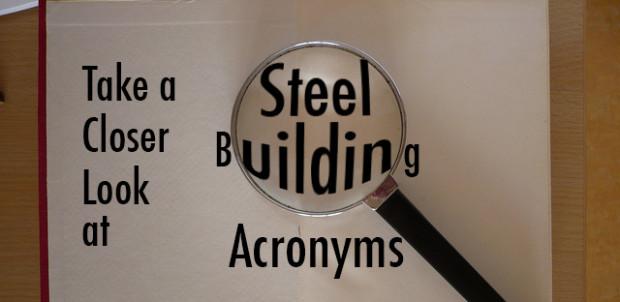Are You Working with Green Materials?

While steel buildings come in several different colors, one of the most important colors you’ll hear is ‘green.’ But in this instance, we’re not talking about paint on the exterior of a building. We’re talking about energy efficiency. In fact, one of the biggest benefits of steel is it’s the most recycled material on the planet. But don’t just take our word for it. The American Institute of Steel Construction (AISC) says that the industry remains the world leader in the use of recycled material, which stands at a rate of 98%! That’s huge.
 Maybe you knew about the benefits of steel buildings from erecting one. If you didn’t, structural steel is considered a premier green construction material, and is continuing to improve its environmentally friendly position by reducing greenhouse gas emission. The results of the structural steel industry are evident in the recent Environmental Protection Agency findings on greenhouse gasses, which show that the iron and steel industry reduced carbon emissions by 47% between 1990 and 2005 along with the highest overall emissions reduction of any major industry at 67%.
Maybe you knew about the benefits of steel buildings from erecting one. If you didn’t, structural steel is considered a premier green construction material, and is continuing to improve its environmentally friendly position by reducing greenhouse gas emission. The results of the structural steel industry are evident in the recent Environmental Protection Agency findings on greenhouse gasses, which show that the iron and steel industry reduced carbon emissions by 47% between 1990 and 2005 along with the highest overall emissions reduction of any major industry at 67%.
As a contractor, what does this mean for you? Have you integrated steel buildings into your proposals? As the demand for steel in the U.S. continues to grow, now might be a good idea to do so. Why?
More and more general contractors are watching this industry with a close eye. In recent years, near the end of 2008, the construction industry slowed down, like several other trades did at that time. But as the economy started to recover, you might have witnessed a changed landscape. More and more governmental or professional organizations are requiring certain codes be followed when they build. Green building codes, to be exact. While the focus of construction might always be focused on cost, many contractors are at least shifting their gaze toward sustainability. Would you agree with that statement?
When in the past did you have to answer questions about if a building was made from recyclable materials, or if construction waste was ever mentioned in a conversation about anything other than cost? You might continue to recognize that ‘building green’ is here to stay. And building with steel helps your customers satisfy their sustainability demands.
 You can help your customer earn their LEED certification on their steel building project. LEED, or Leadership in Energy and Environmental Design, is a green building certification program that recognizes the best-in-class building strategies and practices. According to the U.S. Green Building Council, having a LEED certification means healthier, more productive places, reduced stress of the environment by encouraging energy and resource-efficient buildings, and savings from increase building values and decreased utility costs.
You can help your customer earn their LEED certification on their steel building project. LEED, or Leadership in Energy and Environmental Design, is a green building certification program that recognizes the best-in-class building strategies and practices. According to the U.S. Green Building Council, having a LEED certification means healthier, more productive places, reduced stress of the environment by encouraging energy and resource-efficient buildings, and savings from increase building values and decreased utility costs.
Steel’s recycled content makes it a desirable construction material in looking to obtain LEED credits. Designers and builders have long recognized and lauded steel for its strength, durability, and functionality. Increasingly, however, architects are recognizing steel’s important environmental attributes—especially its recycled content and high reclamation rate. The LEED rating system only promotes the use of materials with high levels of recycled content.
The ever-changing construction industry will involve more energy conservation requirements in the future. Will you jump on the bandwagon and build steel buildings?
Photo courtesy: Nicolas Raymond« Auto Shop Owners Tripled Their Business With These Marketing Techniques
Buyer Beware: Watch Out For These 3 Steel Building Red Flags »
Popular Posts

A minute here. An hour there. In your position, you know that any spare moment can turn right back into the hustle and grind of everyday life. Do you feel like you work 24 hours a day, but you don’t seem to ever get anything done? As a contractor, time management isn’t just a crucial… …

Ever stare at several consecutive capital letters in a sentence, and just wondered what they meant in context? For many of us, acronyms are a daily constant. While some are part of everyday speech, like NASA (National Aeronautics and Space Administration) or UFO (Unidentified Flying Object), others are harder to figure out. Throughout your research… …

